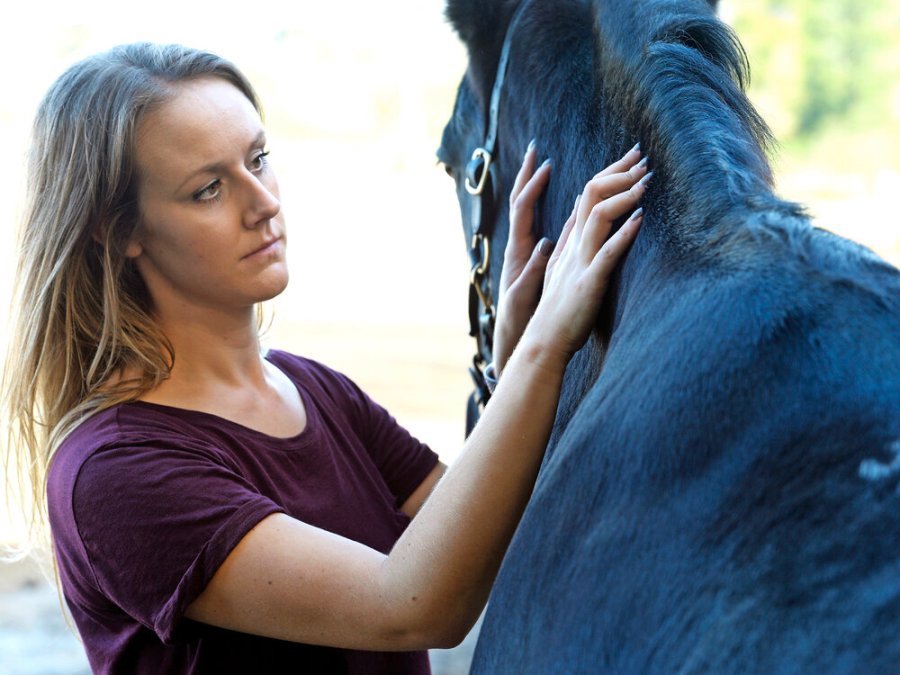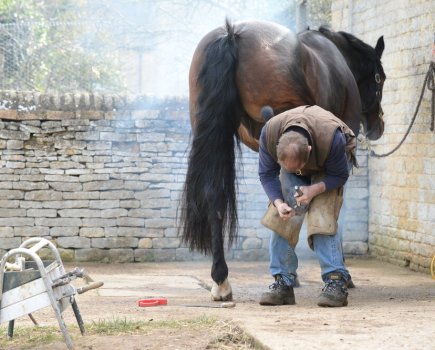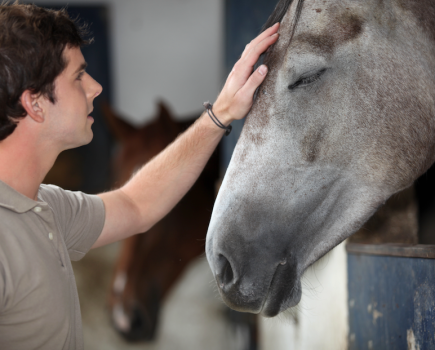Do you know how heavy your horse is? No? Then read on to discover how fat scoring can help you to assess his weight. Vet Lucy Grieve explains.
Fat scoring (also known as body condition scoring) is a way to assess your horse’s fat covering to help determine whether he is a healthy weight.
The three key areas to consider are the neck, body and hindquarters, and you will be required to not only look at your horse, but also to feel him so that you can determine between muscle and fat.
Generally, fat will feel spongy, whereas muscle is firmer, although it’s important to remember that crest fat can start to feel hard and this is when it is dangerous.
Each area is scored individually from 0-5 using the images and descriptions in the table below, and then an average is taken (add the three scores together and divide by three) to work out the final score for your horse.
A healthy score is around 2.5–3 out of 5, unless your vet advises otherwise.
When it comes to getting hands on and ‘feeling’ your horse, follow the guide below.
1 Neck and shoulders
Feel along your horse’s crest and notice if there is thickened, hard fat and if you can wobble it from side to side. If you’re unsure, an additional cresty neck fat scoring system is available online (go to bhs.org.uk/advice-and-information/horse-care/fat-scoring/cresty-neck-score).
Run your hand down the neck onto the shoulder. Fat can accumulate in front of the shoulder blades, which will cause your hand to move smoothly over the neck onto the shoulder.
Instead it should be stopped by the shoulder blade. Ideally, this shoulder blade should be clearly defined. You may also feel fat pads behind the shoulder blades.
2 Middle
Run your hand over the ribs. You should be able to feel them fairly easily with light pressure. If you have to press firmly or can’t feel them at all then your horse is carrying excess fat.
Place your hand over his back and note whether you can see and feel his spine. Ideally your hand should follow the arch over the spine and be able to feel the backbone. Fat can build up on either side of the spine until it is higher than the spine and creates a gutter.
This will often result in your hand lying flat across your horse’s back. If his spine is particularly visible and very easy to feel, this indicates a lack of fat covering in this area.
3 Hindquarters
Run your hand over the hip bones — you should be able to see and feel them easily under a thin layer
of fat. If you have to press firmly or can’t feel them at all then your horse is carrying excess fat.
If the bones are prominently sticking out, and are very easy to feel, your horse is likely to be underweight.
Safely look at your horse from behind. Ideally his hindquarters should be slightly rounded. An ‘apple’ shape and a gutter along the backbone indicates too much fat. Feel for fatty areas around the tail head.
See our latest issue for more information, including a condition scoring table, plus more about weightapes and weighbridges.
Don’t miss the latest issue of Your Horse Magazine, jam-packed with training and veterinary advice, horse-care tips and the latest equestrian products, available now.










